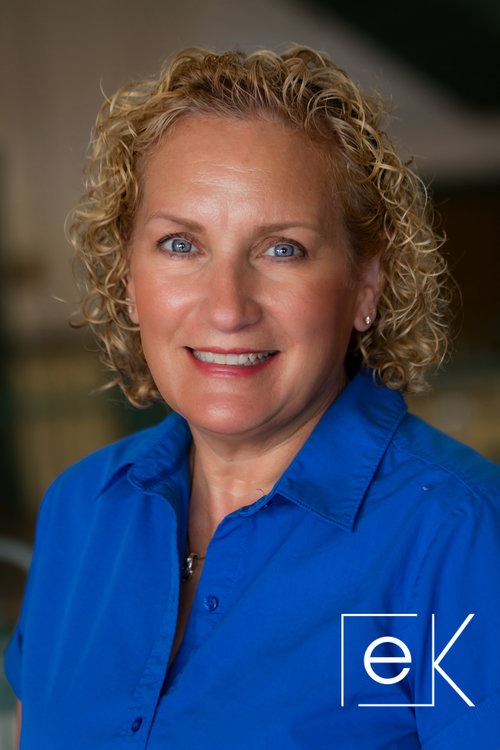Adventures in Flipping the Classroom (Part 1)

Nancy Foote is a flipped classroom pioneer and a STEM star on YouTube. A National Board Certified Teacher and Arizona Master Teacher, Nancy teaches 8th grade conceptual physics at Sossaman Middle School in Queen Creek, Arizona. She has been honored with the Presidential Award for Excellence in Mathematics and Science Teaching and named Middle School Science Teacher of the Year for Arizona. She sat down with us recently to share her tips for getting started with flipping the classroom.
How does your flipped classroom work?
I don’t lecture in the classroom at all. All of my lectures are on video. When students go home, their assignment is to watch the video and take notes. I keep the videos short. I’ve learned to keep them to no more than eight minutes, and closer to five is really better. But it may take them 25 minutes to watch a six-minute video and take notes.
During the school day, we work on problems and do labs. My classroom is set up with desks in groups of four. Students can choose their own seats a few times during the year, but then they stay with their small group. The problems and activities we do in class are designed to be done together in these small cooperative groups.
This approach has freed me up to do more active learning with students during the school day. We have so much more time to do labs and work on applying the concepts they have learned.
How do you pack a day’s worth of learning into a few minutes of video?
When you start flipping the classroom, you realize how much time during a lecture period is non-productive. If I deliver a lecture in a 60-minute class, a good part of that time is spent repeating myself, answering questions unrelated to today’s learning, trying to get students’ attention, etc. I use a football analogy I call “192:60:11.” The average NFL broadcast is 192 minutes. Out of that time, 60 minutes is actual game time, and the ball is in play on average only 11 minutes. A classroom lecture is much the same.
When I create my videos, I go over concepts very quickly, and I don’t repeat things. I use a lot of examples, but I am able to get right to the point and stay on topic. Students can stop and slow it down and rewatch as many times as they need to and refer to the other examples and resources I give them to help them understand.
What kinds of activities do you do in class?
We do really hard problem sets in class. I wouldn’t be able to assign these kinds of problems for homework. They are designed to be worked on collaboratively. Students work in their small groups and can reach out to me or others in the class if they get stuck. I can really stretch them this way and get them to think about concepts on a much deeper level. And the kinds of conversations I hear in the classroom really reflect that. They are thinking of their own examples and solving problems in ways I wouldn’t have thought of. They’re learning from each other, and I’m learning from them, too.
We also do a lot of active labs. For example, when studying acceleration I use mini-marshmallows and coat them with blue painter’s chalk. Students walk down the hallway at a steady pace dropping marshmallows while their partner counts off one-second intervals. Then they do it again while speeding up, and they can see how the distance between dots increases with acceleration. They are making their own motion maps and learning physics concepts intuitively. I would not have time to do this if I were lecturing in class.
What kind of results are you seeing?
My test scores have skyrocketed since I’ve started flipping. Before I flipped my classroom, on average 60-65% of my students met or exceeded expectations on the standardized test for science. Last year, 94% of my kids exceeded and 6% met expectations—all of my kids passed!
The interesting thing is that while I teach physics, the test also covers life and earth science, subjects I am not directly teaching. But my kids are learning problem solving skills and thinking skills, and they are not afraid of science. A lot of kids—and parents—are afraid of science. They think it’s going to be hard. But my students have lots of active learning experiences and opportunities to make mistakes, try things out—they are just more comfortable with scientific concepts and problem solving.